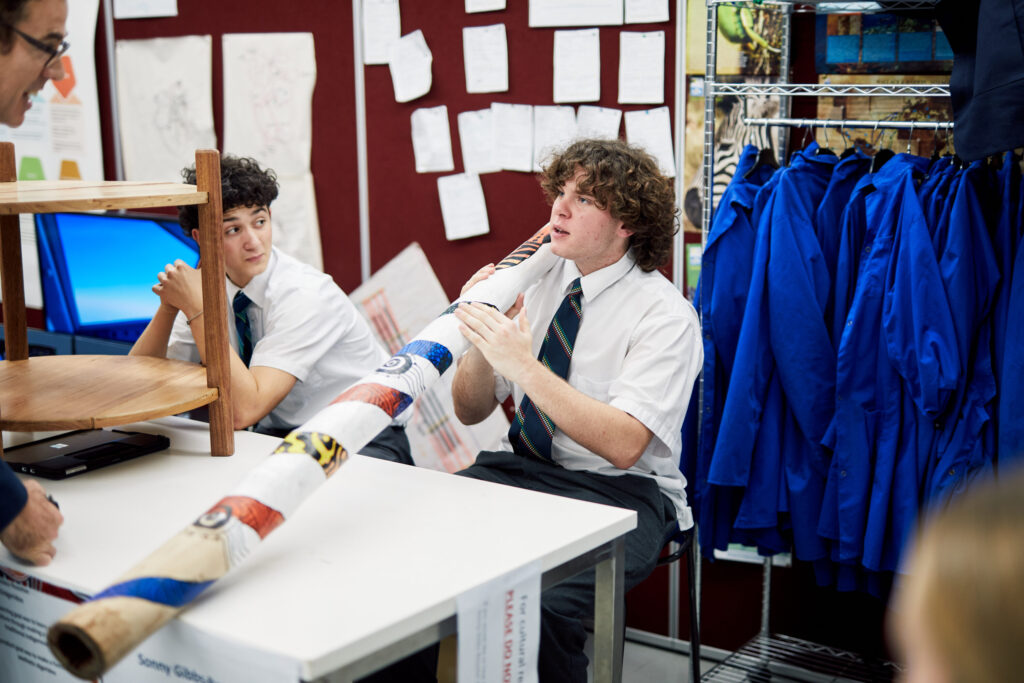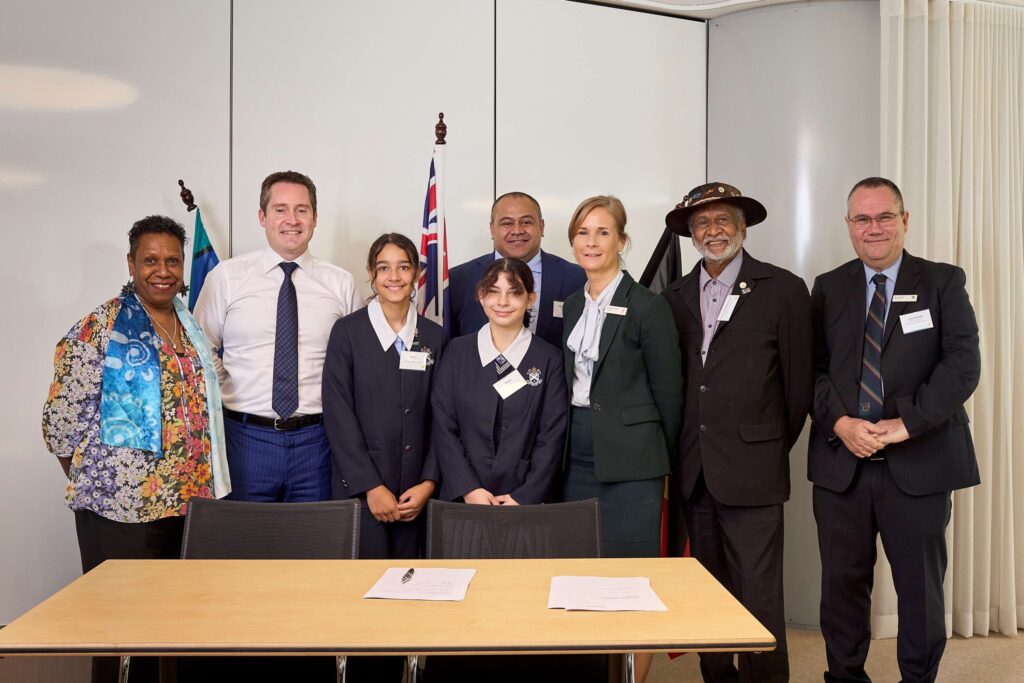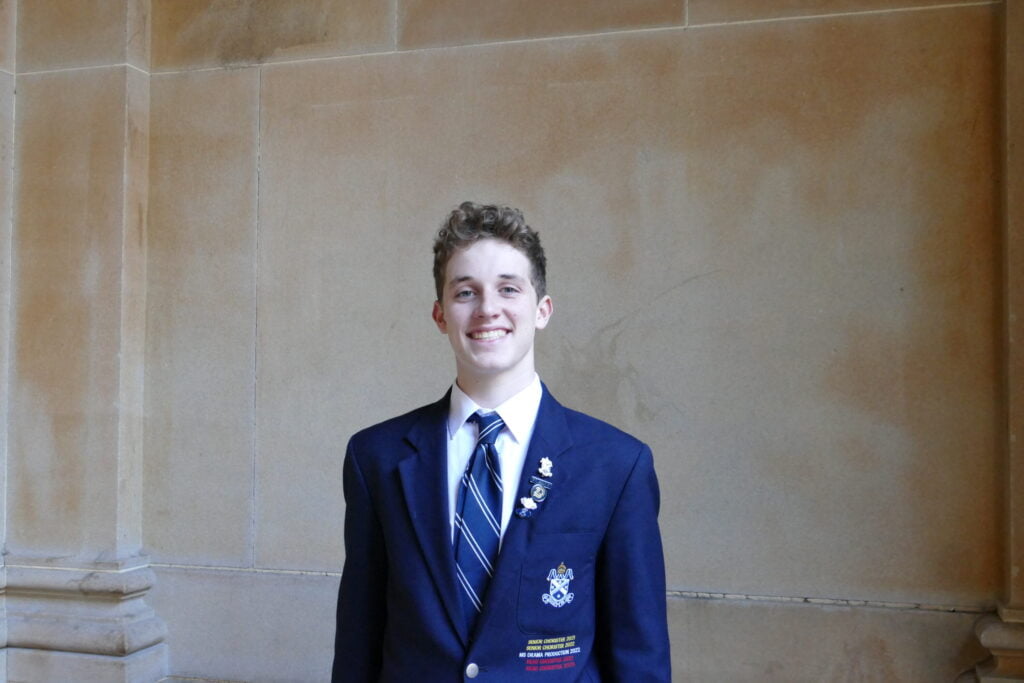Athlete Development Manager Chris Watts is combining insights from his time at SACS with his experience working with senior rugby league players in order to create programs that develop physically strong and mature athletes. In this interview, Chris speaks about his passion for physical development and what SACS is doing to develop students’ physical abilities.

You’re the Athlete Development Manager at SACS, what does the role involve?
My role includes taking care of the athletic development and physical development of all student athletes at SACS but also providing an avenue for all students to improve their physical fitness. In a nutshell, I’m here to help all students at SACS to get fitter, faster, stronger.
What are some of the challenges involved in developing the physical ability of students?
The school population brings such a diverse challenge because you’re not dealing with a team of 25 or 30, you’re dealing with 1,300-1,400 students. Also, students grow at different rates, and they also have their own likes and dislikes. Not everyone enjoys physical activities. It’s an exciting challenge because it forces me to keep things fresh.
What are the benefits of getting involved with the Sport Department?
Sport and resistance training teaches a lot of lessons. Resilience. Discipline. Patience. You can be taught all that by simply training for sport. We all know the lessons sport can teach you outside of the classroom; working as part of a team, how to fail and how to accept defeat, also how to be gracious when you’re victorious. These are the lessons that I love and sport teaches them.
You’re also the strength and conditioning coach for NSW Cup side Western Suburbs Magpies, the feeder team for NRL side Wests Tigers. What do you enjoy about that role?
I’ve spent the last two years there. It’s always a good opportunity to work with a different level of athlete. It’s also been good to contrast different models of strength and conditioning. You’ve got semi-professional and professional athletes, and then you have the youth of St Andrew’s. I learn a lot from being in both environments.
Is there anything you bring from your coaching at the Magpies to St Andrew’s?
If anything it’s probably what I bring from St Andrew’s to the Magpies. I’ve got to figure out how to keep students engaged so we play a lot of games. I have to hide ‘speed development’ through games that involve chasing. And then I use the same games with the Magpies for warm up drills because these athletes used to be kids too. You get the kid out of them which is what you want. I also bring some of our structures and systems at the Magpies to St Andrew’s around how we manage students carrying injuries.
What do you hope to achieve in the future at SACS?
I have had a lot of support to roll out my vision of where we should go with athletic development at St Andrew’s. One of my goals is to help more students get physically involved in structured resistance training (to build strength). We want to change the narrative around resistance training. Lifting weights and doing anything gym related at an early age can be seen as bad for development. It’s actually the opposite. Structured resistance training is really really good for overall holistic development. There’s a lot of opportunity in that space.



